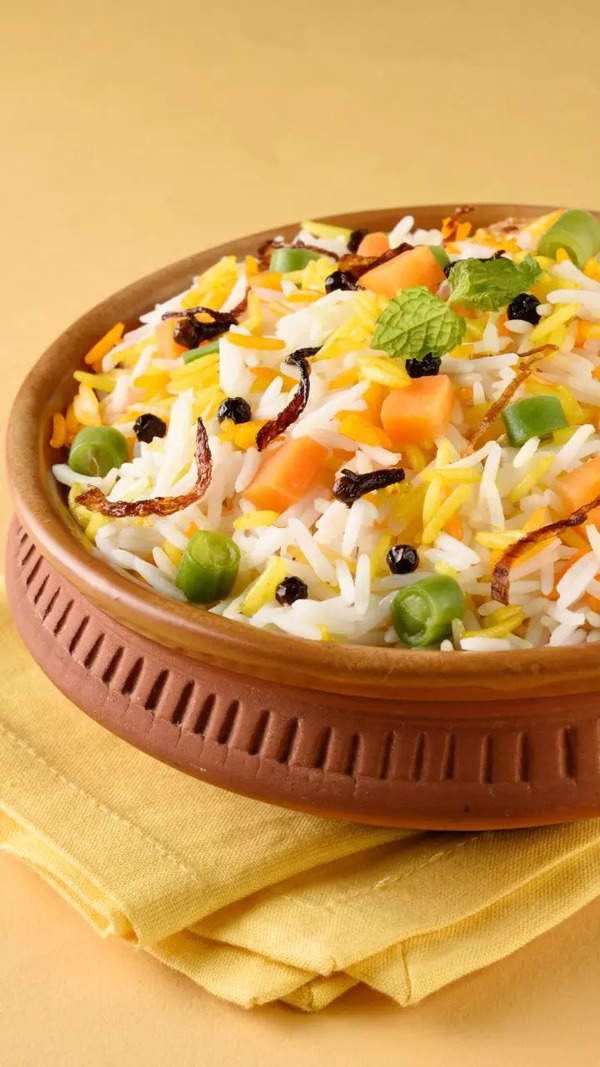- News
- entertainment
- tamil
- music
- Once we establish how to use AI properly, negative comments will go away: Krishna Chetan
Trending
Once we establish how to use AI properly, negative comments will go away: Krishna Chetan
AI is not a threat to singers. If they have their voice modelled, upcoming singers can use the model to streamline the approval process for tunes, says Krishna Chetan.

Meet Krishna Chetan, a musician-technician, who is behind the revival of the voice of late singers and actors in Tamil cinema. From recreating the voices of late singers Bamba Bakya, Shahul Hameed and Bhavatharani’s voices using AI, he also recreated the voices of late actors Vivekh and Manobala. In a chat with us, he gives us a peek into voice recreation through AI and addresses the conflicted public opinion on AI, what went behind these recreations and more...
ON HOW A VOICE IS RECREATED WITH AI...
On one side, we create a model based on the voice of the singers whose vocals have to be recreated with AI. On the other side, the composer will record the song with a pilot voice, which will then be replaced with voice texture of the singer whose voice has to be recreated. So, a pilot singer needs to first sing the track, and they should sing and emote like how the other singer would have sung it.
‘PITCHED THIS TECH TO RAHMAN SIR WITH A DEMO OF THALLI POGATHEY IN BAMBA BAKYA’S VOICE’
ON WHETHER THE PILOT VOICE SHOULD BE GIVEN CREDIT...
The pilot voice is not singing in their own style but rather in the other singer’s style. They are not expressing themselves but someone else. Also, generally, if a singer becomes famous for singing something, then they will be typecast and people will assume they will only sing for this purpose. Not crediting the pilot voice is a thoughtful decision and we have to respect that.
ON RECREATING VIVEKH AND MANOBALA’S VOICES…
A mimicry artiste first dubbed for the portions where the team had needed Vivek sir’s voice. The artiste sat with the director and dubbed it with all the necessary expressions and modulation of Vivekh sir. We were then handed over the track, following which we changed it into Vivekh sir’s voice. Before Indian 2, we had only worked on songs; recreating dialogues using AI was new for us. The model had to retain Vivekh sir and Manobala sir’s comic timing and voice expressions. This proved to be very challenging for us.
‘WE KNEW THE FAMILY WAS OKAY WITH USING AI BECAUSE THE REQUEST CAME FROM THEIR SIDE’
People might be against it because there is no clear path on how it can be used properly in a structured manner. But once we establish that path and show the world that this is how it can be done properly, then all these negative comments will go away. We also need a structured way of knowing how and when to do it. If we are working with the production team on a specific song, it is our duty to make sure that the family is notified. For GOAT, the request came from the family’s side. So, we knew t he family was okay with us doing it.
‘COMPOSERS CAN USE THIS TECH TO CHECK WHETHER A SONG WORKS IN A SINGER’S VOICE BEFORE RECORDING THEM’
AI is not a threat to singers. If they have their voice modelled, upcoming singers can use the model to streamline the approval process for tunes. This saves a lot of time and creates new opportunities for them. Singers can also use this technology to time capsule their voices because, every 10 years, their voice changes. If singers embrace this technology, they can be available to many composers at the same time. As for composers, they can use this tech to check whether a song they have created works in Hariharan’s voice or Sid Sriram’s voice. So, instead of calling the singers and then figuring out, they can take the decision based on AI.
‘Yuvan sir’s team reached out to us’
Before Chinna Chinna Kangal, we had done Thimiri Yezhuda from Lal Salaam with Bamba Bakya and Shahul Hameed’s voices. After hearing that song, Yuvan Shankar Raja sir’s team contacted Rahman sir’s team, got our number and reached out to us.
ON HOW A VOICE IS RECREATED WITH AI...

On one side, we create a model based on the voice of the singers whose vocals have to be recreated with AI. On the other side, the composer will record the song with a pilot voice, which will then be replaced with voice texture of the singer whose voice has to be recreated. So, a pilot singer needs to first sing the track, and they should sing and emote like how the other singer would have sung it.
‘PITCHED THIS TECH TO RAHMAN SIR WITH A DEMO OF THALLI POGATHEY IN BAMBA BAKYA’S VOICE’
Bamba was a very close friend of mine. We wanted to try this out because he had such a unique voice. We started a trial project and slowly were able to give good results. We then pitched it to AR Rahman sir by changing Sid Sriram’s voice in Thalli Pogathey to Bamba’s voice. He was impressed by it, but only used it when it was needed.
ON WHETHER THE PILOT VOICE SHOULD BE GIVEN CREDIT...
The pilot voice is not singing in their own style but rather in the other singer’s style. They are not expressing themselves but someone else. Also, generally, if a singer becomes famous for singing something, then they will be typecast and people will assume they will only sing for this purpose. Not crediting the pilot voice is a thoughtful decision and we have to respect that.
ON RECREATING VIVEKH AND MANOBALA’S VOICES…
A mimicry artiste first dubbed for the portions where the team had needed Vivek sir’s voice. The artiste sat with the director and dubbed it with all the necessary expressions and modulation of Vivekh sir. We were then handed over the track, following which we changed it into Vivekh sir’s voice. Before Indian 2, we had only worked on songs; recreating dialogues using AI was new for us. The model had to retain Vivekh sir and Manobala sir’s comic timing and voice expressions. This proved to be very challenging for us.
‘WE KNEW THE FAMILY WAS OKAY WITH USING AI BECAUSE THE REQUEST CAME FROM THEIR SIDE’
People might be against it because there is no clear path on how it can be used properly in a structured manner. But once we establish that path and show the world that this is how it can be done properly, then all these negative comments will go away. We also need a structured way of knowing how and when to do it. If we are working with the production team on a specific song, it is our duty to make sure that the family is notified. For GOAT, the request came from the family’s side. So, we knew t he family was okay with us doing it.
‘COMPOSERS CAN USE THIS TECH TO CHECK WHETHER A SONG WORKS IN A SINGER’S VOICE BEFORE RECORDING THEM’
AI is not a threat to singers. If they have their voice modelled, upcoming singers can use the model to streamline the approval process for tunes. This saves a lot of time and creates new opportunities for them. Singers can also use this technology to time capsule their voices because, every 10 years, their voice changes. If singers embrace this technology, they can be available to many composers at the same time. As for composers, they can use this tech to check whether a song they have created works in Hariharan’s voice or Sid Sriram’s voice. So, instead of calling the singers and then figuring out, they can take the decision based on AI.
‘Yuvan sir’s team reached out to us’
Before Chinna Chinna Kangal, we had done Thimiri Yezhuda from Lal Salaam with Bamba Bakya and Shahul Hameed’s voices. After hearing that song, Yuvan Shankar Raja sir’s team contacted Rahman sir’s team, got our number and reached out to us.
End of Article
FOLLOW US ON SOCIAL MEDIA









